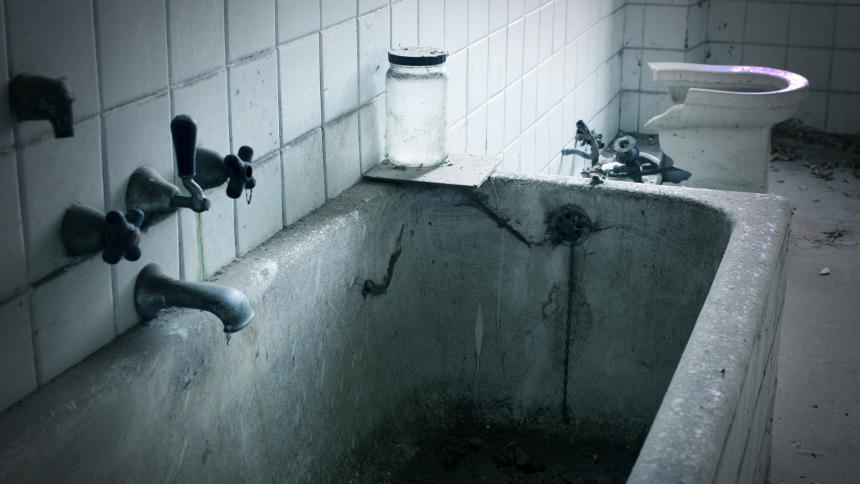
Our Daughter Was Tortured To Death By Her Sadistic Boyfriend
In a case police described as the worst example of abuse they had ever seen, April 1996 saw the horrific torture and murder of 17-year-old Kelly-Anne Bates at the hand of her boyfriend of three years, 49-year-old James Patterson Smith. Prior to her death, Kelly-Anne had suffered shocking injuries including scolding of her buttocks and legs, stab wounds inside her mouth and mutilation of her body.
Patterson Smith was found guilty and in November 1997 was sentenced to life imprisonment.
Includes interviews with: Margaret and Tommy Bates (Kelly’s parents).
For most of us, imprisonment and torture are the stuff of terrible movies. But for 17-year-old Kelly-Anne Bates, that was the horrific reality of the final weeks of her life.
Tied up, hobbled, and at the mercy of her tormentor – the man who had claimed to care about her.
At just 14 years old, Kelly-Anne Bates met the man that would eventually take her life. Always a mature, bubbly girl, Kelly was friendly with an older crowd, so for her mother Margaret, it was no surprise when at 16-years-old, the teenager told her she had an ‘older boyfriend.’ However, as Margaret Bates puts it, when she first met Dave Smith, ‘the hairs on the back of my neck went up.’ Not just an ‘older’ boyfriend, Smith was in fact 32-years-old.
Despite Margaret’s reservations, to begin with, Smith proved a concerned and well-behaved partner to Kelly-Anne, even going so far as to call her parents to discuss his concerns for her after she began staying out all night.
It wasn’t long though before the Smith’s possessiveness of Kelly began – and Margaret was to find out that both of them had been lying to her. Dave wasn’t 32, as the pair had originally claimed, he was actually more than thirty years Kelly’s senior – 48 years old.
And his name wasn’t Dave, it was Jimmy. When Margaret confronted Jimmy about his age, he said: ‘I didn’t tell you because I thought you wouldn’t want me being with Kelly because of the age difference.’
Around the time of the revelations about Smith’s real name and age, Kelly began spending more and more time at his home, often gone for days on end without word to her family. On the rare occasion that they did see her, Kelly had begun to lose weight, she had stopped bathing and taking care of her appearance, and most worryingly, she was covered in bruises, and on one occasion, bite marks. Despite Margaret’s pleas, Kelly refused to admit that Smith was abusing her, and refused to leave him.
By the time Kelly was 16, she had stopped seeing her family altogether. That year Margaret received birthday and anniversary cards purportedly from her daughter, but written in Smith’s handwriting. She knew something was wrong, but was powerless to intervene.
On April 16, 1996 Smith walked into his local police station to report Kelly’s accidental death by drowning. When officers arrived at Smith’s home, what they saw made it clear that the 17-year-old’s death had been anything but accidental.
Her emaciated body revealed 150 separate injury sites. She had been beaten, burned and stabbed; her kneecaps had been smashed so she couldn’t walk, she had been blinded, starved, refused water, tied up and finally drowned, after being knocked unconscious with a showerhead. Kelly had suffered for weeks, with no chance of escape.
Smith was immediately charged with Kelly’s murder, but denied that he had done anything to Kelly that she hadn’t specifically asked him to do. During his trial, it was revealed that over the course of 30 years, Smith had systematically abused and beaten various women that he had been in relationships with showing a clear pattern of violence against the women who trusted him.
Smith was found guilty, and given a 20-year minimum sentence for Kelly’s murder in slow motion. As a mark of just how horrific his treatment of Kelly had been, for the first time ever, every juror involved in the case was offered – and accepted – counselling. For Margaret Bates, the sentence will never be justice enough, ‘I lost the best thing that ever happened to me.’






